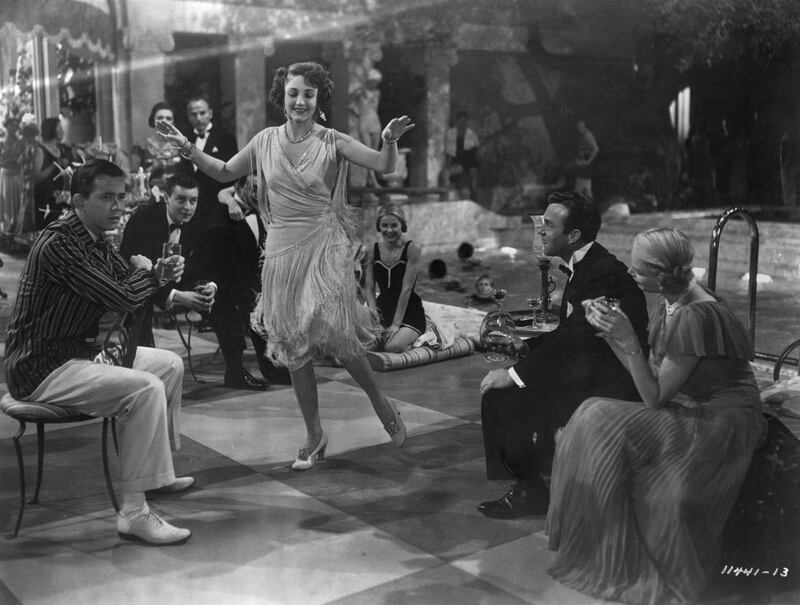For half of his tragically short life, from early success in 1920 to his death in 1940, F Scott Fitzgerald wrote for money. Throughout the glittering 1920s, his writer’s earnings funded the wild sprees he enjoyed with his wife Zelda. In the more turbulent, Depression-hit ’30s, he felt the pinch and, in time, the pressure, and worked for reduced rates and in worsening health to stay afloat, to pay off debts and meet the exorbitant cost of Zelda’s psychiatric care.
Fitzgerald lived well from his first two novels but when The Great Gatsby (1925) garnered mixed reviews and sold poorly (a fact virtually incomprehensible for modern readers), he turned to the short story for his main source of income.
Magazines paid good money for his Jazz Age tales about carefree belles, debutantes and flappers, and their lovelorn suitors. Later stories, with their different themes, subdued emotions and more damaged or world-weary characters, proved harder to place and led to many being rejected and left in cold storage. They also left Fitzgerald doubtful about his talent and desperate for lucky breaks.
Those cold-storage stories have finally been released from the vaults and the archives. I'd Die for You is a collection of previously-unpublished tales and unfilmed movie scenarios. Some were dismissed by editors, some lay dormant because Fitzgerald refused to make requisite revisions to them, and some were genuinely lost.
All come with valuable context and commentary from editor Anne Margaret Daniel. Cumulatively, the stories show Fitzgerald taking bold artistic risks, either by tackling new, more controversial subject matter or darkening his traditional tones and textures.
The first story, The I.O.U., is the only one here from the 1920s. Written when Fitzgerald was 23 and already a celebrity in the wake of his fantastically-successful debut novel This Side of Paradise, this breezy, vibrant story focuses on a publicity scam involving a supposed psychic. This is Fitzgerald finding his feet and hedging his bets, blending in equal measures of humour and seriousness, as if weighing up what works best and where his strengths truly lie.
In stark contrast, most of the remaining tales eschew sharp satire and whimsical situations for complex drama comprising ground-down people in tough predicaments.
Clues as to content lie in the distinctly un-Fitzgerald-esque titles: Nightmare is one of several stories set in a mental institution; Love is a Pain incorporates guns, kidnappings and secret agents; and title tale I'd Die for You, penned after Fitzgerald's lowest ebb, takes place in the mountains of North Carolina and is underscored and overshadowed by a character's perpetual threat of suicide.
Such bleak forays are not entirely new: Fitzgerald's last completed novel Tender is the Night draws on madness and marital disintegration; early story May Day ends in suicide; and confessional essay The Crack-Up is a candid account of the author's breakdown.
But despite narrative tension, comic touches and Nightmare's built-in romance – psychiatrist Kay caught "in the grip of the greatest lunacy of all" when falling for a handsome patient – editors turned down these three stories and others like them and asked Fitzgerald to stick with what he did best.
Some stories here see him playing safe and doing just that. Travel Together follows a "mystery girl" and an enamoured scriptwriter on an eventful journey aboard a freight train to Hollywood, while Offside Play mixes young love and Ivy League football. But around these stories we see Fitzgerald again attempting to branch out – or, in his words, "to open up a new well, a new vein" – and surprising us with a long, grisly tale about the Civil War, or a 14-year-old-girl's adventure in New York, or a hospital tragedy with more heart attacks than heartache.
The familiar Fitzgerald shines through in intervals, whether in his exploration of “love and such practical things” or in elegant flourishes and lush descriptions: “She was eighteen with such a skin as the Italian painters of the decadence used for corner angels, and all the wishing in the world glistening in her grey eyes.”
There is no juvenilia or hack-work here, no pot-boilers or duds, but by the same token there are also no masterpieces. Newcomers to Fitzgerald should look for another entry-point, either a novel or more polished story collection.
Everyone else will relish, or puzzle at, the combination of old magic and original ideas.
Dorothy Parker famously said that although Fitzgerald could write a bad story, he could not write badly.
Ultimately I'd Die for You is uneven yet fascinating; a diamond with rough edges but a diamond nonetheless.
Malcolm Forbes is a freelance writer based in Edinburgh.





